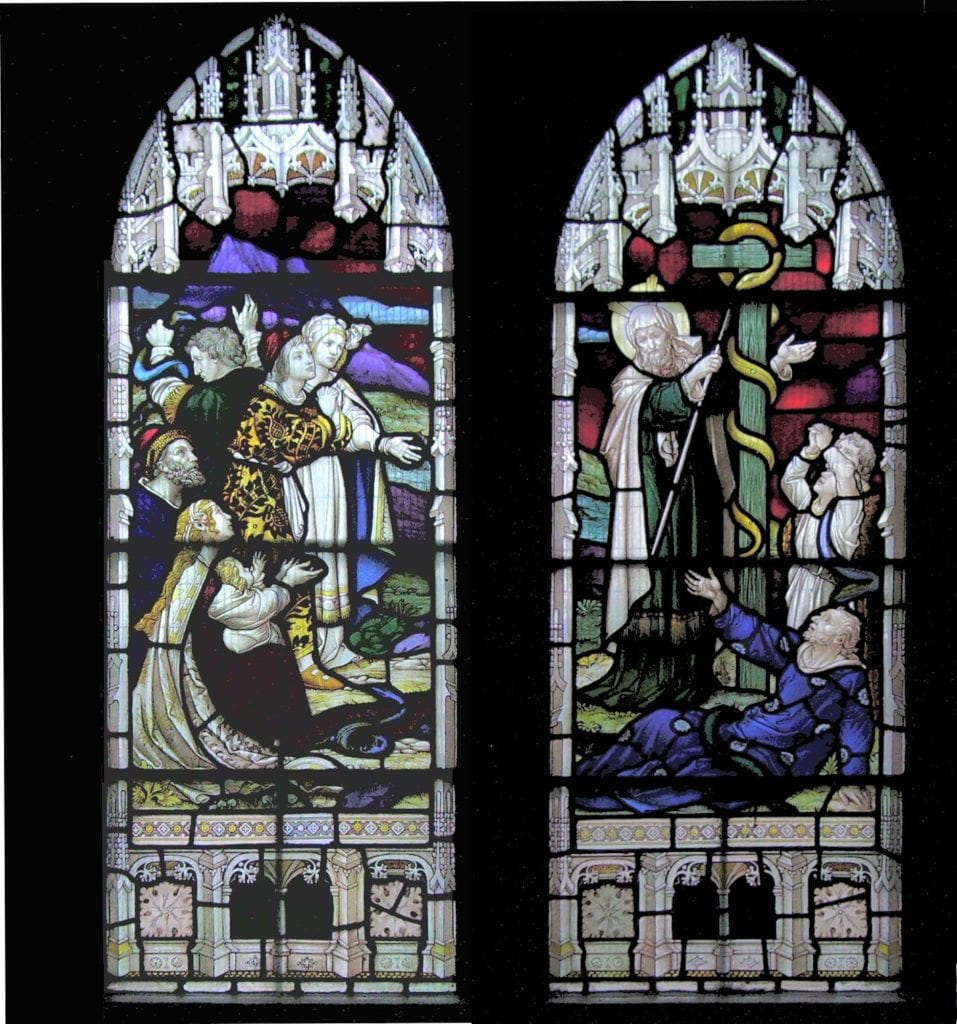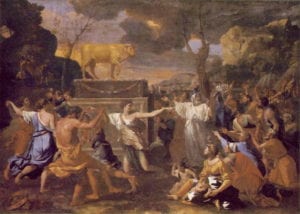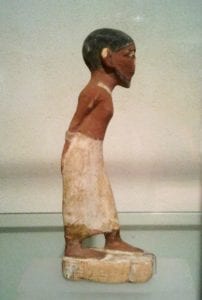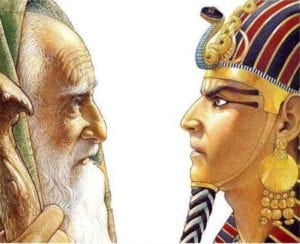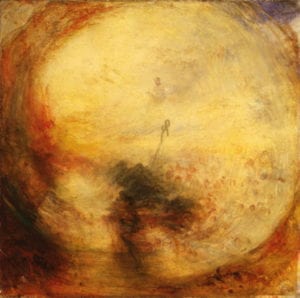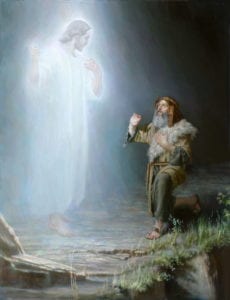
An Old Testament KnoWhyrelating to the reading assignment for Gospel Doctrine Lesson 17: “Beware Lest Thou Forget” (Deuteronomy 6; 8; 11; 32) (JBOTL17A)
Question: What are the most cited, recited, and misunderstood verses in Deuteronomy?
Summary: Without any doubt Deuteronomy 6:4-5 best fits this description:
- Hear, O Israel: The Lord our God is one Lord:
- And thou shalt love the Lord thy God with all thine heart, and with all thy soul, and with all thy might.
The wording of Deuteronomy 6:5 is echoed frequently in the Old and New Testaments, the Book of Mormon, and the Doctrine and Covenants It is recited twice daily by observant Jews. And, sadly, commentaries on this and related scriptural verses rarely explore in any depth the long history of Jewish interpretation of the Hebrew terms that lie behind the key English words: “one,” “heart,” “soul,” “might.” A solid understanding of what Jesus Christ called the “first and great commandment” will illuminate the meaning of the law of consecration, “the last and hardest requirement made of men in this life.”
The full article may be found at the Interpreter Foundation website: KnoWhy OTL17A — What Are the Most Cited, Recited, and Misunderstood Verses in Deuteronomy?
